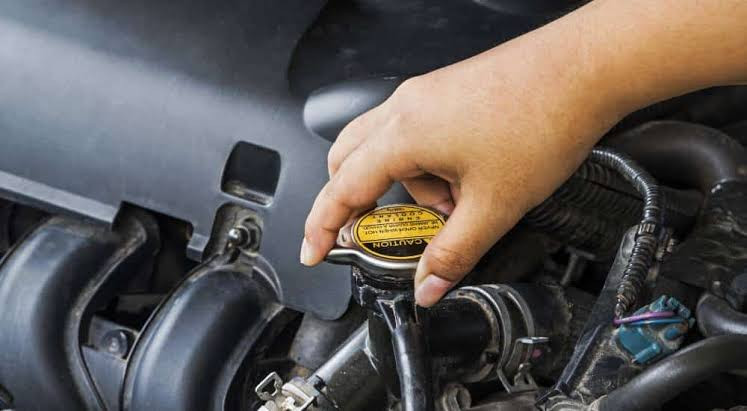Don't let your car overheat! This informative guide explains how your radiator cap keeps your engine cool and the signs to watch out for when it needs replacing. Learn how this small but crucial component plays a big role in your car's health.
Your car's engine runs hot. That's a fact. But just like a steaming cup of coffee, it needs to stay at the right temperature to avoid serious damage. Enter the radiator cap: a seemingly simple component playing a crucial role in your car's cooling system.
The Secret Life of a Radiator Cap
The radiator cap is more than just a plug to keep your coolant from spilling out. It's a pressure regulator that maintains the optimal environment for your engine to run cool and efficiently. Let's dive into its superpowers:
- Raising the Boiling Point: Water normally boils at 100°C (212°F). But under pressure, it boils at a higher temperature. The radiator cap traps pressure within the cooling system, allowing the coolant to reach a higher boiling point before it turns into steam. This prevents the coolant from boiling over and overflowing, keeping your engine from overheating.
- Preventing Collapses: As the engine cools down, the coolant contracts. Without the radiator cap, this contraction could create a vacuum, potentially causing the radiator hoses to collapse and restrict coolant flow. The radiator cap has a vacuum relief valve that allows air to enter the system when needed, preventing such collapses.
- Maintaining Optimal Pressure: The radiator cap isn't just a one-trick pony. It also has a pressure relief valve that opens when the pressure inside the system gets too high. This prevents the buildup of excessive pressure that could damage the radiator or other components.
Signs of a Faulty Radiator Cap
Just like any other car part, your radiator cap can wear out over time or malfunction. Here are some warning signs to watch out for:
- Coolant Overflow: If your coolant reservoir keeps overflowing, it could be a faulty cap that's not holding pressure properly.
- Overheating Engine: A failing cap that doesn't maintain the correct pressure can lead to the coolant boiling over at a lower temperature, causing your engine to overheat.
- Leaking Coolant: A damaged cap seal can leak coolant, leading to a low coolant level and potential overheating.
- Cracked or Damaged Cap: Visible cracks or deterioration on the cap itself indicate it's time for a replacement.
Radiator Cap Maintenance Tips
The good news is that radiator caps are relatively inexpensive and easy to replace. Here are some tips to keep your cap in top shape:
- Regular Inspections: During routine maintenance, visually inspect the cap for cracks, leaks, or signs of wear.
- Follow Replacement Intervals: Some manufacturers recommend replacing the radiator cap at specific intervals. Check your car's manual for guidance.
- Choose the Right Cap: Don't settle for a generic replacement. Use a cap specifically designed for your car model to ensure proper fit and functionality.
The radiator cap may seem like an insignificant part, but it plays a vital role in keeping your engine cool and running smoothly. By understanding its function, recognizing the warning signs, and performing regular maintenance, you can ensure your radiator cap keeps your car operating at the perfect temperature, mile after mile.

Comments (0)
Please login to join the discussion
Be the first to comment on this article!
Share your thoughts and start the discussion